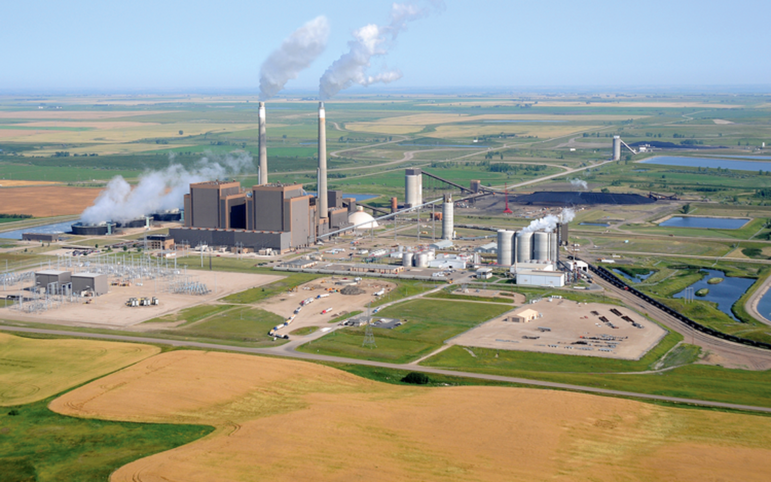
Great River Energy (GRE) has announced a historic decision to transform and modernize its electricity generation. On May 7, 2020, GRE publicized a plan that will lower costs for its member owners and at the same time reduce greenhouse gas emissions in the Midwest and Minnesota. Sixty percent of the geography of Minnesota is served by Great River Energy’s member owners.
Fresh Energy applauds Great River Energy’s forward-thinking plan which will accelerate efforts toward a 100 percent carbon-free energy system by mid-century.
“With this major announcement, Great River Energy is demonstrating its commitment to clean, renewable power. This will have a major effect on reducing costs for its member-owners while at the same time dramatically reducing greenhouse gas emissions. Fresh Energy applauds Great River Energy for this industry-leading move toward carbon reduction,” said Michael Noble, executive director of Fresh Energy. “Fresh Energy recognizes that Coal Creek Station has been a major employer and economic engine for the area. We appreciate Great River Energy’s commitment to supporting workers and communities through this transition, and to ensuring that clean energy investments create high-quality jobs for local workers.”
Carbon pollution from Minnesota’s largest electric cooperative will be reduced by more than a projected 95 percent from 2005 to 2022, a new benchmark for all utilities to aspire to on their paths to 100 percent carbon-free electricity.
“This is bold leadership from Great River Energy,” said J. Drake Hamilton, science policy director at Fresh Energy. “We hope all other utilities will meet GRE’s pace and commitment to use the outstanding economics of carbon-free electricity.”
Great River Energy’s announcement included:
- Ending the coal era at Great River Energy, MN’s largest co-op
Coal Creek Station, near Underwood, North Dakota, will be closing in 2 to 2.5 years. Coal Creek Station generates 1100 megawatts of power and is one of GRE’s three North Dakota coal plants, and the largest generator in North Dakota. In addition, GRE plans to end coal use at 99 megawatt Spiritwood Station cogeneration power plant. Whether the plant would be repowered or phased out is undecided.
- New wind power.
GRE has also announced its plan and new contracts to build 600 megawatts of wind power in southern and western Minnesota and are evaluating proposals for an additional 500 megawatts of renewable energy in MN and neighboring South Dakota and Iowa.
- Innovative battery storage.
Great River Energy plans to invest in an innovative one megawatt battery project with Form Energy of Somerville, Massachusetts, to be located in Cambridge, Minnesota. This will be the first demonstration of this new storage technology and will have the ability to continuously deliver one megawatt of power for 150 hours, a vast increase from the two- and four-hour batteries currently standard in the power sector. Long-term storage technology can be one important tool in the toolbox to get from 90 percent decarbonized power grid to 100 percent carbon-free electricity.
“GRE’s decision to add only renewable energy and new battery technology is smart economics and risk management,” said Allen Gleckner, senior director, energy markets and regulatory affairs at Fresh Energy. “While other utilities are still considering significant new natural gas generation, GRE is avoiding trading one source of carbon pollution and fuel risk liability for another.”

